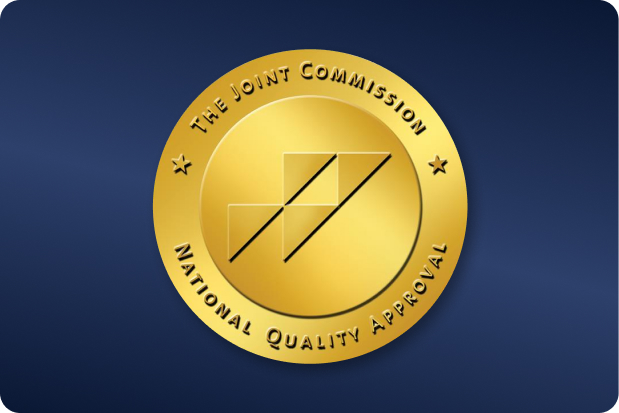 OUR LOCATIONS
Same-day Appointments Book OnlineCall to book 201.523.9590
OUR LOCATIONS
Same-day Appointments Book OnlineCall to book 201.523.9590
 OUR LOCATIONS
Same-day Appointments Book OnlineCall to book 201.523.9590
OUR LOCATIONS
Same-day Appointments Book OnlineCall to book 201.523.9590
Table of contents
The lumbar spine, which is in the lower back, plays a very important role in supporting the upper body’s weight. It also has the responsibility of helping with everyday movements, such as is the case when bending, twisting, or coordinating the muscles in the hips, pelvis, legs, and feet. Due to heavy use, the nerves, discs, ligaments, muscles, and bones that are found in the area are quite prone to injury and wear and tear over time, which can cause pain in the lower back.

Symptoms of lumbar pain encompass various manifestations, including:
Often, a combination of these symptoms manifests, either suddenly or gradually, over time. The pain may also fluctuate, with intermittent flare-ups or a progressive worsening pattern. Symptom variation can be individualized and influenced by the underlying cause of the lumbar pain.
The lumbar spine remains active throughout the day. Incorrect lifting, bending, twisting, and overuse strain can lead to the development of lumbar pain. Additionally, it may result from falls, car accidents, or traumatic incidents.
Lower back pain can also be attributed to various underlying health issues. including:
The main lumbar pain risk factors include:
Addressing these factors through targeted exercises and adopting a healthy lifestyle may help alleviate the pain. However, if the pain persists or worsens, seeking proper treatment is crucial.
If you’re suffering from lower back pain that isn’t responding to resting and self-care, you should speak to a spine specialist.
Additionally, seek immediate medical assistance if the pain is coupled with symptoms like:
A spine specialist will perform a physical exam, as well as one or more imaging scans, to help diagnose the cause of lower back pain. Depending on what the diagnosis is, your doctor will come up with a treatment plan that will help alleviate your pain and prevent the pain from disrupting your everyday activities.
Diagnosing lumbar pain involves three crucial steps, including:
A thorough medical history and physical exam typically provide sufficient information for diagnosing low back pain, and additional testing may not be necessary.
Lumbar pain can be treated using a variety of methods, including:
To effectively manage pain and build a thorough long-term treatment plan, it is essential to consult a physical therapist, competent chiropractor, or other healthcare provider.
Apart from undergoing therapy, there are many other steps that one can take in order to decrease the likelihood of getting injured or developing conditions that could transform into other health problems.
Preventing low back pain requires various measures aimed at reducing the risk of injuries as well as enhancing general well-being, such as:
Moreover, contrary to public opinion, not taking excessive rest and staying active by means of stretching and strengthening exercises is vital to recovering from back injury.
The Spine & Rehab Group, a leading pain treatment center in NJ and NYC, takes a comprehensive and integrative approach to back pain management. Call 201-523-9590 or schedule an appointment to meet with our expert pain management specialists and start your recovery today.

Dr. Hosny is a distinguished physician, educator, and healthcare leader with a commitment to advancing health equity and accessibility in the rapidly evolving landscape of modern healthcare. After completing his residency at St. Luke's Roosevelt Hospital Center, affiliated with Columbia University in New York City, he pursued an Interventional Spine Fellowship at Beth Israel Deaconess Medical Center, part of Harvard Medical School in Boston, MA.
Dr. Hosny has held prominent roles in academic medicine, including serving as an Associate Clinical Professor at New York Medical College and as the Interventional Spine Fellowship Program Director. These positions reflect his dedication to mentoring the next generation of healthcare professionals and advancing the field of interventional spine care.
More About Dr. HosnyThe Spine & Rehab Group
140 NJ-17,
Paramus, NJ 07652
(212) 242-8160



